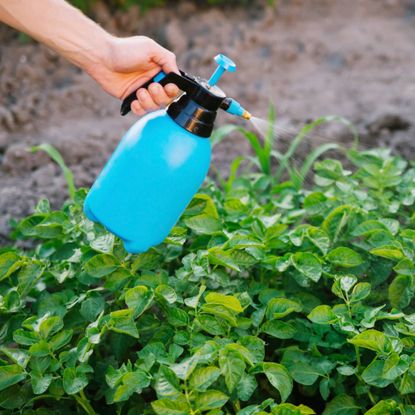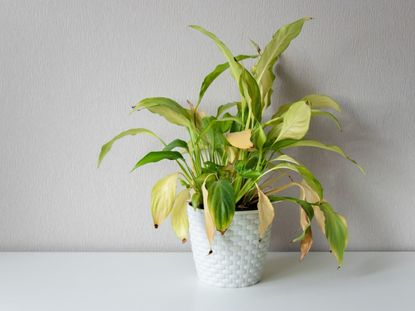Plant Diseases
Identifying plant diseases is the first step in treating the problem. There are many types of diseases that affect garden plants, leaving many gardeners scratching their heads. By using the following information, you can learn how to go about identifying plant diseases for effective disease control. Many garden disease problems can be alleviated simply by practicing good growing conditions. Yet, even in the best of circumstances, garden diseases happen. But with a little know how, you stand a better chance of treating these garden disease problems early on.
-

4 Reasons You Should Never Leave Water in Your Watering Can – Plus, How to Treat Yours Right
A watering can is so much a part of your garden, it’s easy to forget you need to take care of it. Here’s why you shouldn’t leave water in a watering can
By Mary Ellen Ellis
-
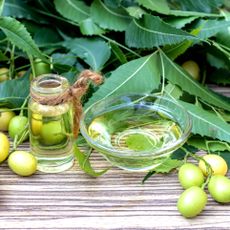
How To Use Neem Oil On Plants: 3 Great Uses As A Garden Buddy, Plant Rescue & Pest Blaster – Why Neem Work Makes The Dream Work!
Ever heard of neem’s magic powers and wondered how it can help you in the garden? Here’s how to use neem oil on plants and how to get the best from neem to tackle pests
By Janey Goulding
-
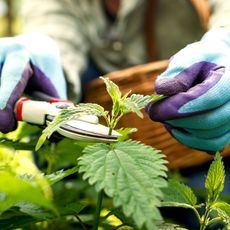
Don’t Touch Without Gloves! 8 Poisonous Weeds You Should Not Remove Bare-Handed
While weed spotting is usually geared towards pulling them out quickly, there are exceptions. Check out these poisonous weeds and noxious plants – and grab your best gloves!
By Amy Grant
-
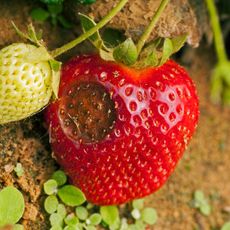
Don’t Lose Your Strawberries! Check For These 7 Strawberry Diseases & Protect Your Strawbs
Although strawberry plants are generally robust, you do need to keep an eye out for infections. Here are the 7 main strawberry diseases to watch out for
By Tonya Barnett
-
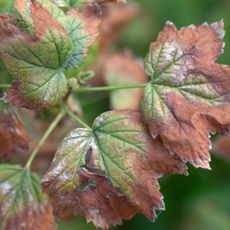
Do You Know The Most Common Garden Plant Diseases? 5 Problems You Need To Avoid
Don’t let your precious crops and ornamentals fall victim to garden ailments! We show you how to identify and hopefully prevent 5 common garden plant diseases
By Tonya Barnett
-
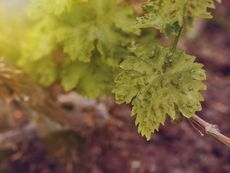
Anthracnose: How To Identify, Prevent, And Treat The Fungal Disease
Identifying it is the first step toward anthracnose treatment. Treating those nasty spots with fungicide, proper irrigation, and garden cleanup can help.
By Teo Spengler
-
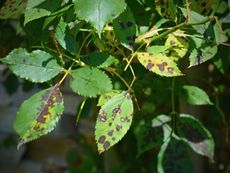
Leaf Spot Diseases, Their Causes & How To Fix Them
Are you worried about leaf spot disease on your plants? Relax. Leaf spots on plants rarely cause any serious damage and are fairly easy to manage.
By Jackie Rhoades
-
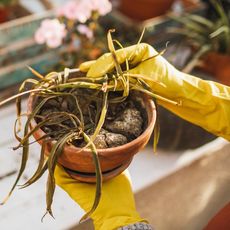
How To Prevent, Identify & Treat Root Rot In Houseplants
Root rot treatment is easy if you know for sure that it's the culprit. Plants can display similar symptoms with both too much or too little water.
By Heather Rhoades
-
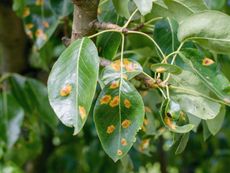
Learn About Plant Rust Disease And Rust Treatment
Plant rust is a general term that refers to a rather large family of fungi that attack plants. Rust fungi are easy to identify on the plant and quite treatable using the tips provided in this article.
By Heather Rhoades
-
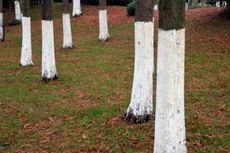
Using Lime Sulfur In Gardens: When And How To Use Lime Sulfur
As gardeners, we can choose to spend a fortune on different chemicals that can have residual effects or we can use a natural-based product that has been used by growers and breeders for hundreds of years. Learn about using lime sulfur in gardens here.
By Darcy Larum
-
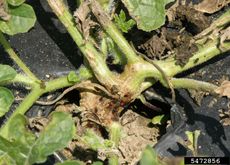
Gummy Stem Blight Control - Treating Black Rot Fungus In Cucurbits
Gummy stem blight is a fungal disease of melons, cucumbers, and other cucurbits. Stem blight treatment must start before you even plant the seeds to be entirely effective. Learn more in this article.
By Bonnie L. Grant
-
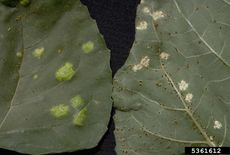
White Rust Disease - Controlling White Rust Fungus In The Garden
Also called Staghead or white blister, white rust disease affects cruciferous plants. Learn more about this fungal disease and how to treat it in the following article. Click here for more information.
By Jackie Rhoades
-
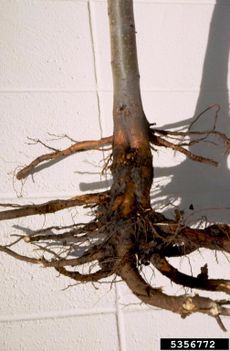
Crown Rot Identification And Tips For Crown Rot Treatment
Crown rot commonly affects many types of plants in the garden. So what exactly is this and how do you stop crown rot before it is too late? Read this article for information on crown rot disease.
By Nikki Tilley
-
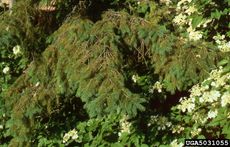
Needle Cast Treatment – Learn About Stigmina And Rhizosphaera Needle Cast In Trees
Have you ever seen a tree, such as spruce, with healthy-looking needles at the tips of the branches, but no needles at all as you look further down the branch? This is caused by needle cast disease. Find out more in this article.
By Jackie Carroll
-
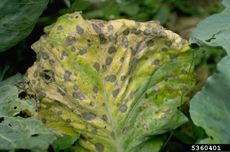
Alternaria Leaf Spot: How To Treat Alternaria In The Garden
Alternaria leaf spot in the garden is a real problem for growers, causing plaque-like spots on leaves and fruits. Treating alternaria can be difficult, so this article will show you how to treat this gardener's nightmare.
By Kristi Waterworth
-
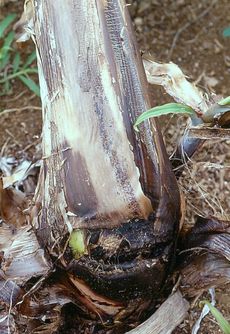
Soft Rot Disease: How To Help Prevent Soft Rot Bacteria
Bacterial soft rot disease is an infection that can devastate a crop of fleshy vegetables but affects other plants too. Learn more about the disease and how to control it in this article.
By Jackie Rhoades
-
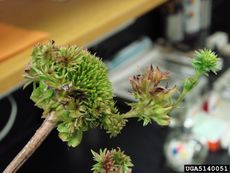
Phytoplasma Life Cycle – What Is Phytoplasma Disease In Plants
What is phytoplasma disease? Well, first you need to understand the phytoplasma life cycle and how they are spread. New studies indicate that phytoplasma effects on plants can mimic damage shown by psyllid insects or leaf roll viruses. Learn more here.
By Bonnie L. Grant
